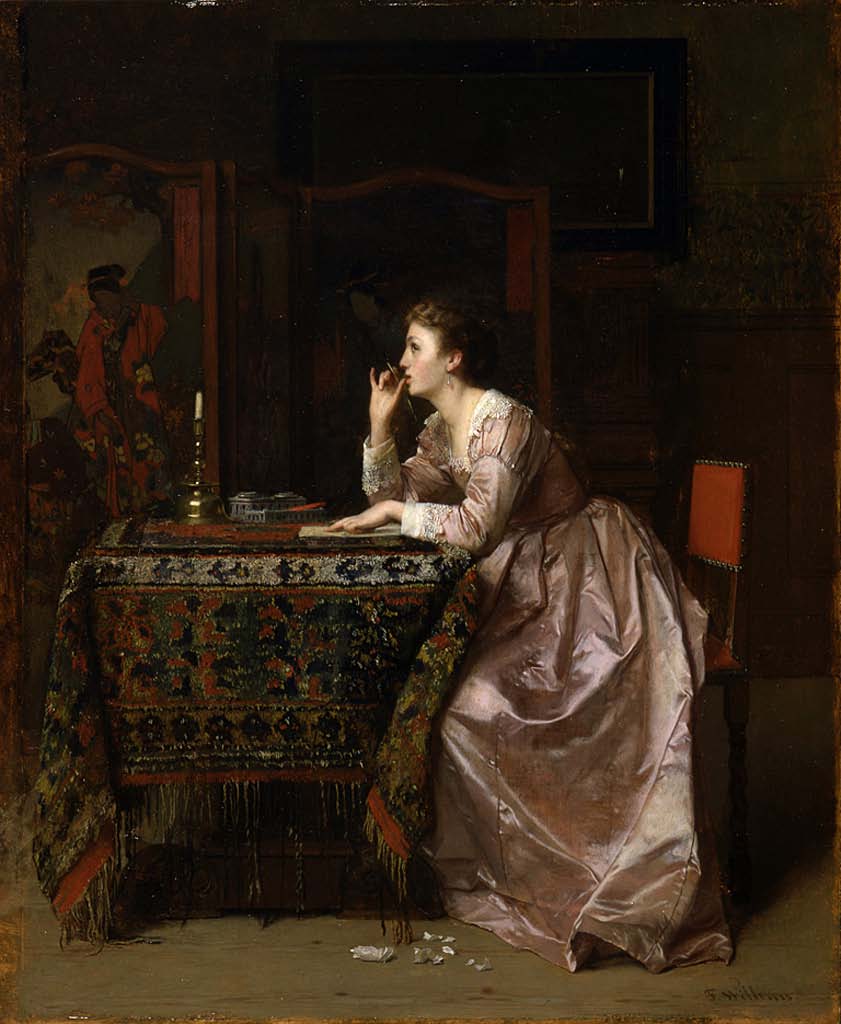Harry Willson Watrous, Just a Couple of Girls circa 1915,
As many of you are now aware, Susan Holloway Scott and I have decided to write “The End” on the Two Nerdy History Girls blog. The blog brought us many delights and benefits. Among other things, we got to meet virtually and in person a great many more history lovers than we ever dreamt was possible, made contact with historians and historical bloggers worldwide—many of whom welcomed us into their libraries, museums, and historic houses—and, of course, discovered tidbits we put to work in our books. But the blog also took time, and as the years passed, the demands of our main job—our novels—were increasing. Clearly, something had to give, if we wanted to give proper attention to our writing careers.
It feels good to get the time back, yet it’s sad, too, to say goodbye to a project that was so much fun for both of us, and whose support from readers was beyond what we’d ever imagined.
The good news is, you will get to see interesting and amusing, (I hope) historical nerdiness here, direct from my website, and more posts in general, though never enough to flood your inbox. As one who spends far too much time hitting the email Delete button, I am sensitive to this.
But while you may get Loretta Chase blog posts a little more often than before, I shall aim to offer more amusement as well as more substance. Along with new stuff, you can expect some enhanced editions of blogs from the 2NHG archives. I’ve done this occasionally in the past, and it gives me a chance to offer more pictures, among other things.
But mainly, one hopes, saying Goodbye to 2NHG means saying Hello to shorter times between my books.
Me & William Smith, the man whose map changed the world. His work was one of the inspirations for Miss Wonderful.
Oh, and one more thing: Please consider this a fresh opportunity to ask some of those questions that arise when you’re reading my books. Like, What’s a ticket porter? How could an English couple get married in somebody’s house instead of in church? What on earth is a pelerine and why would anybody want to wear one? Why the lurcher? If your enquiring mind wants to know, please use the email form and send me your question.







